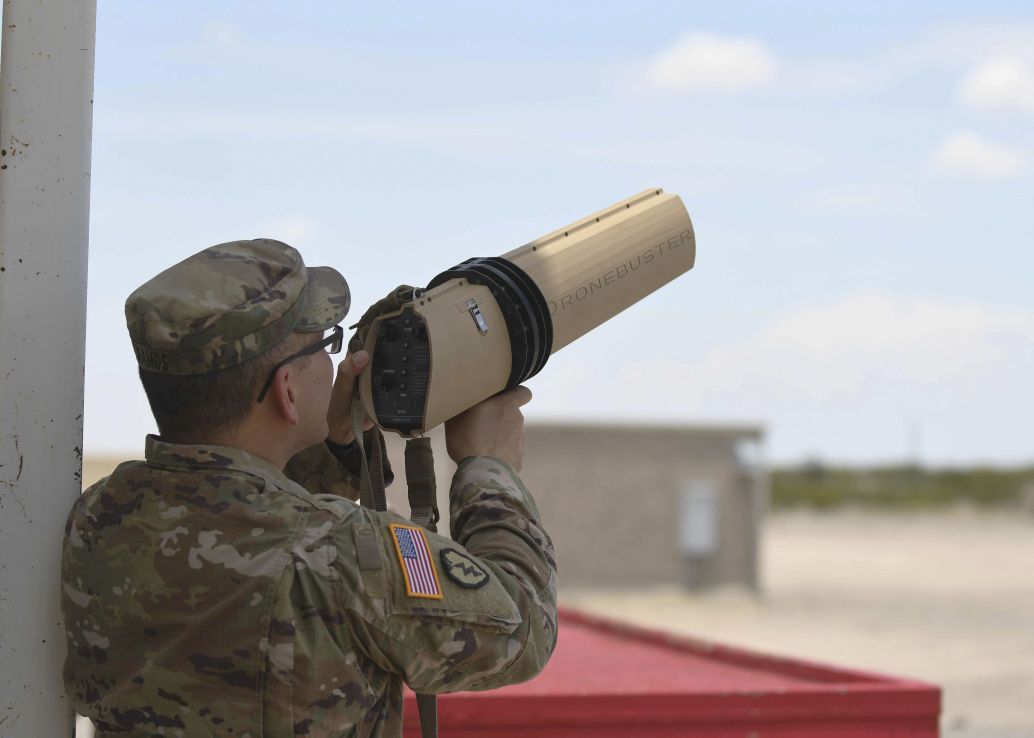
The US Navy is seeking industry input toward the development of a new High Level Data Fusion (HLDF) prototype system architecture, designed to augment command and control capabilities (C2) aboard current combat platforms to support counter unmanned aerial system (CUAS) operations.
The crux of the new HLDF prototype will be a new open systems architecture “that can fuse data from multiple sources to provide object assessment, situational assessment, and threat assessment,” particularly those posed by small UAS (sUAS) platforms, according to Request for Solutions (RFS) posted by the National Security Technology Accelerator in March. Service leaders have set aside USD3.5 million for the programme.
In the end, the new architecture and associated Computer Software Configuration Item (CSCI) requirements, will lay out the technological blueprint for “competitive design and development of complete HLDF components of C2 systems, or individual data fusion software modules, [which] can be used to allow software modules from multiple organizations or systems to be interoperable,” the RFS solicitation stated.
Specifically, the architecture requirements being sought by navy engineers will allow service personnel to integrate “various software modules” into existing C2 systems, allowing those programmes to “adopt the HLDF reference architecture [and] enable efforts to be focused on improving specific data fusion capabilities within the system,” the solicitation stated. “The HLDF reference architecture developed in [RFS] will include requirements and interfaces for software modules, as well as an assessment of existing capabilities with the goal of reducing the cognitive workload on the operator so the only decision is whether or not countermeasures should be employed,” it added.

Looking to read the full article?
Gain unlimited access to Janes news and more...


